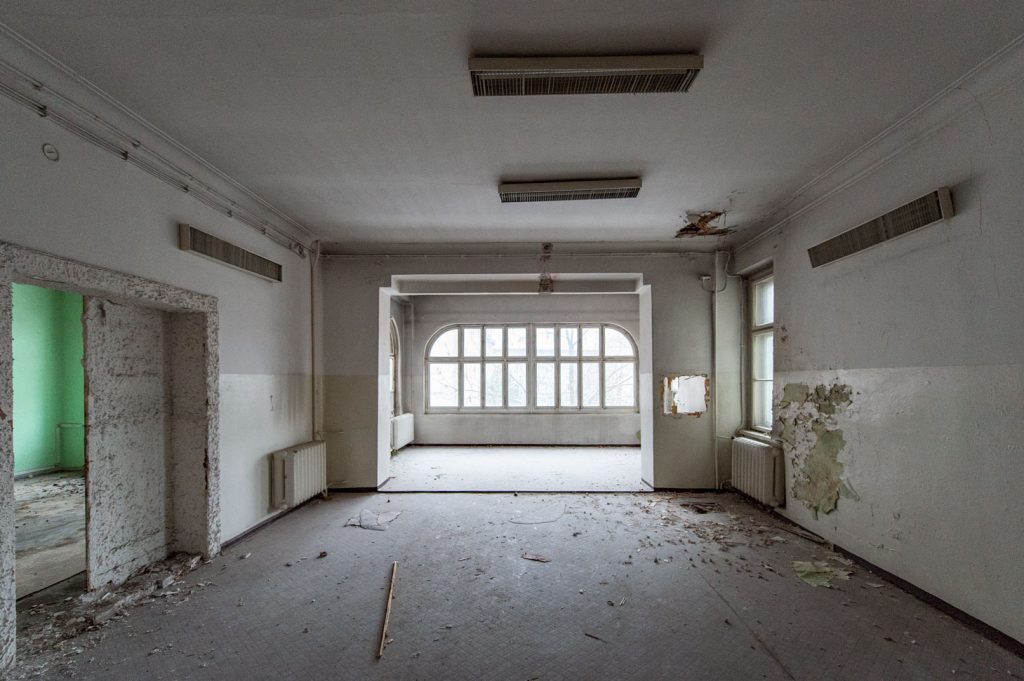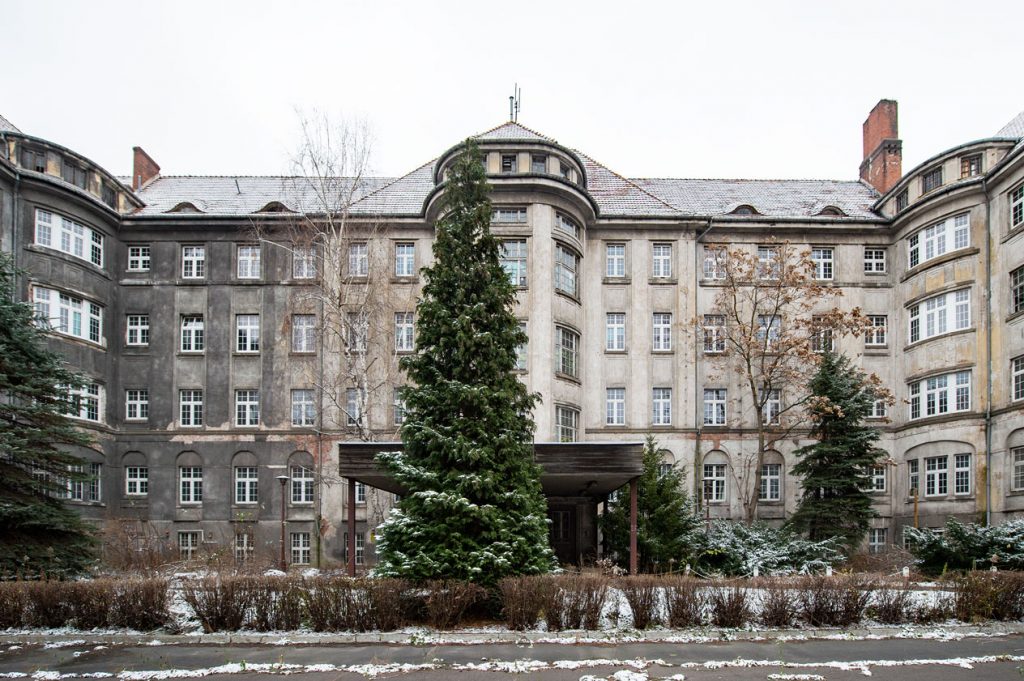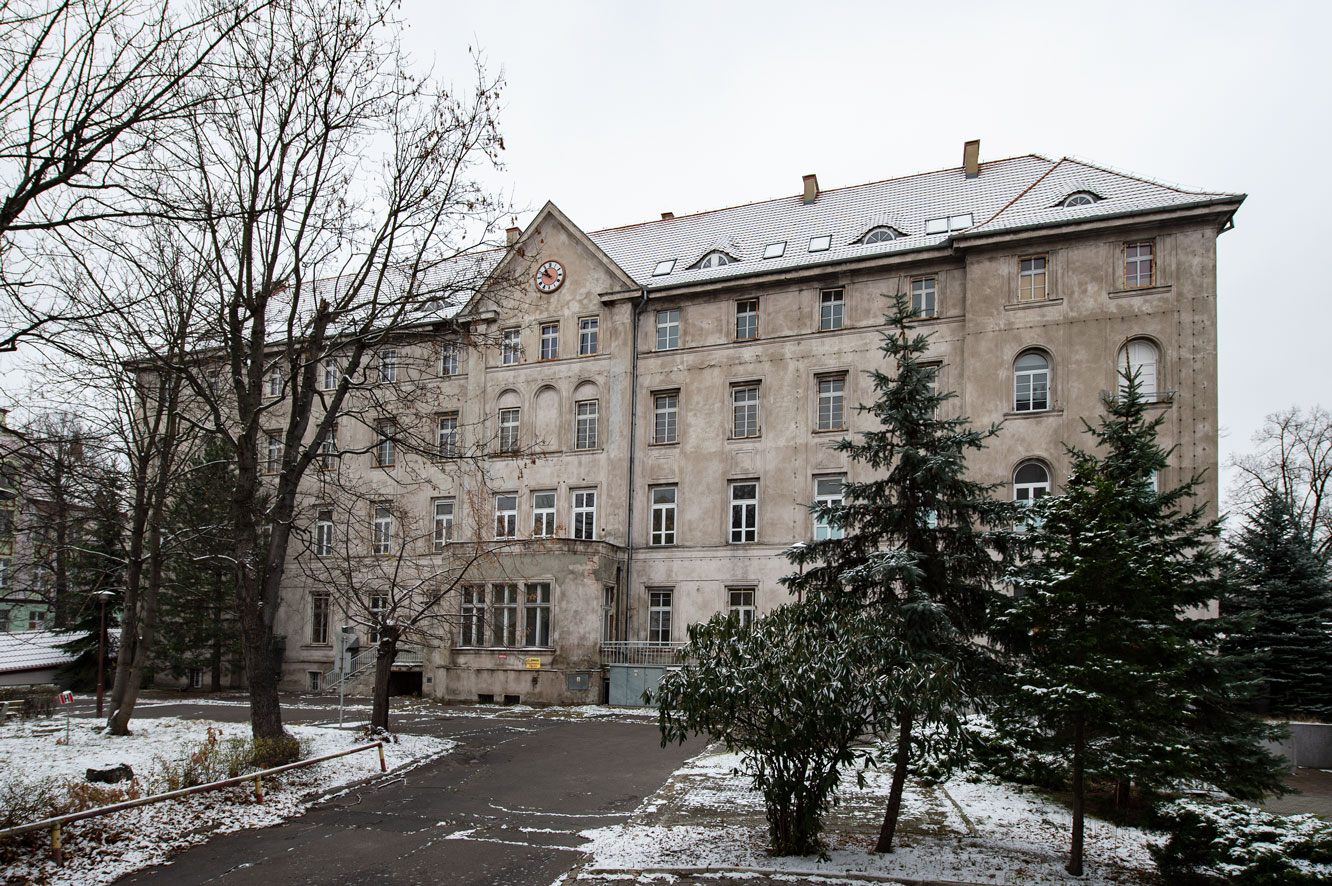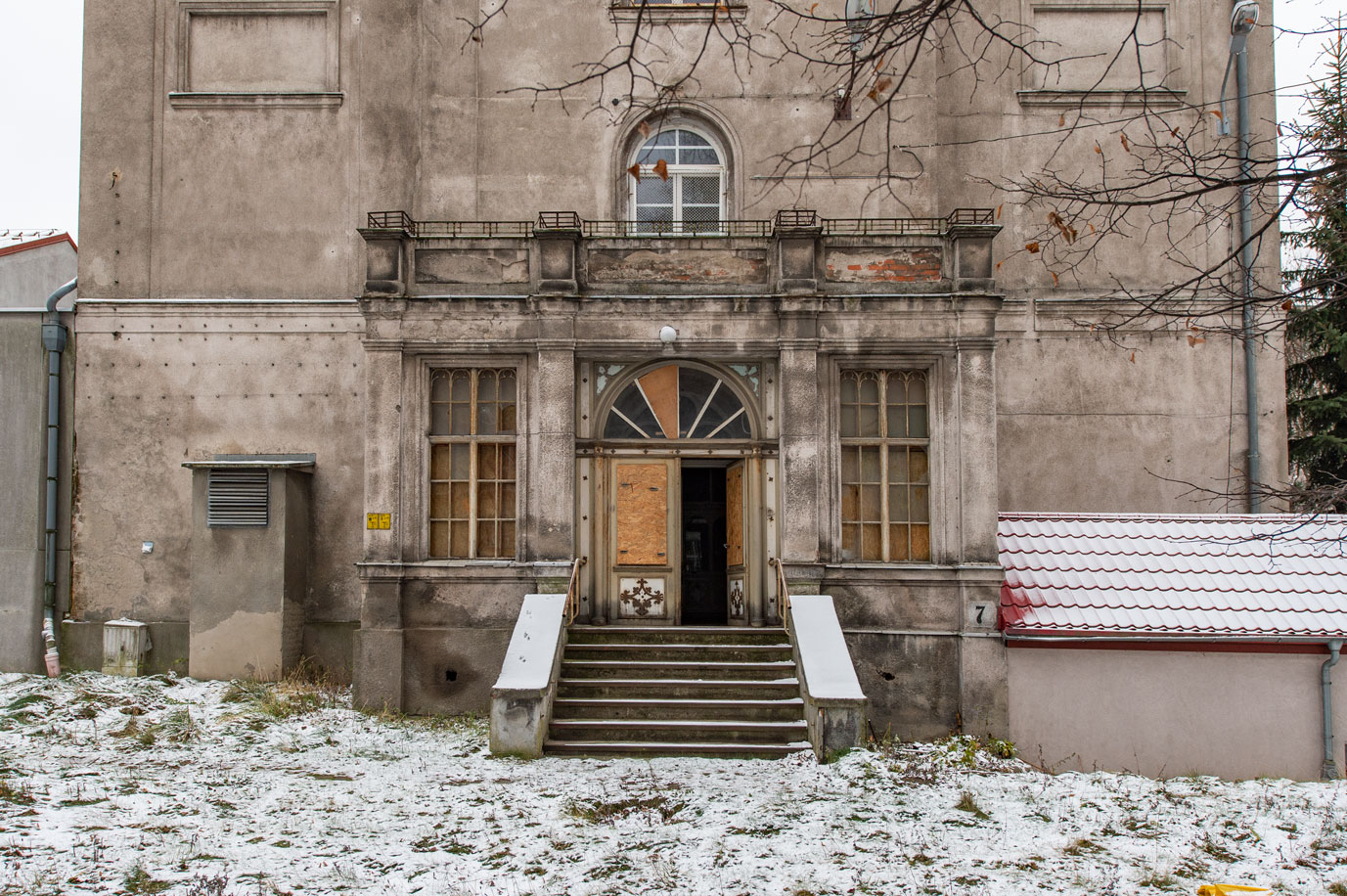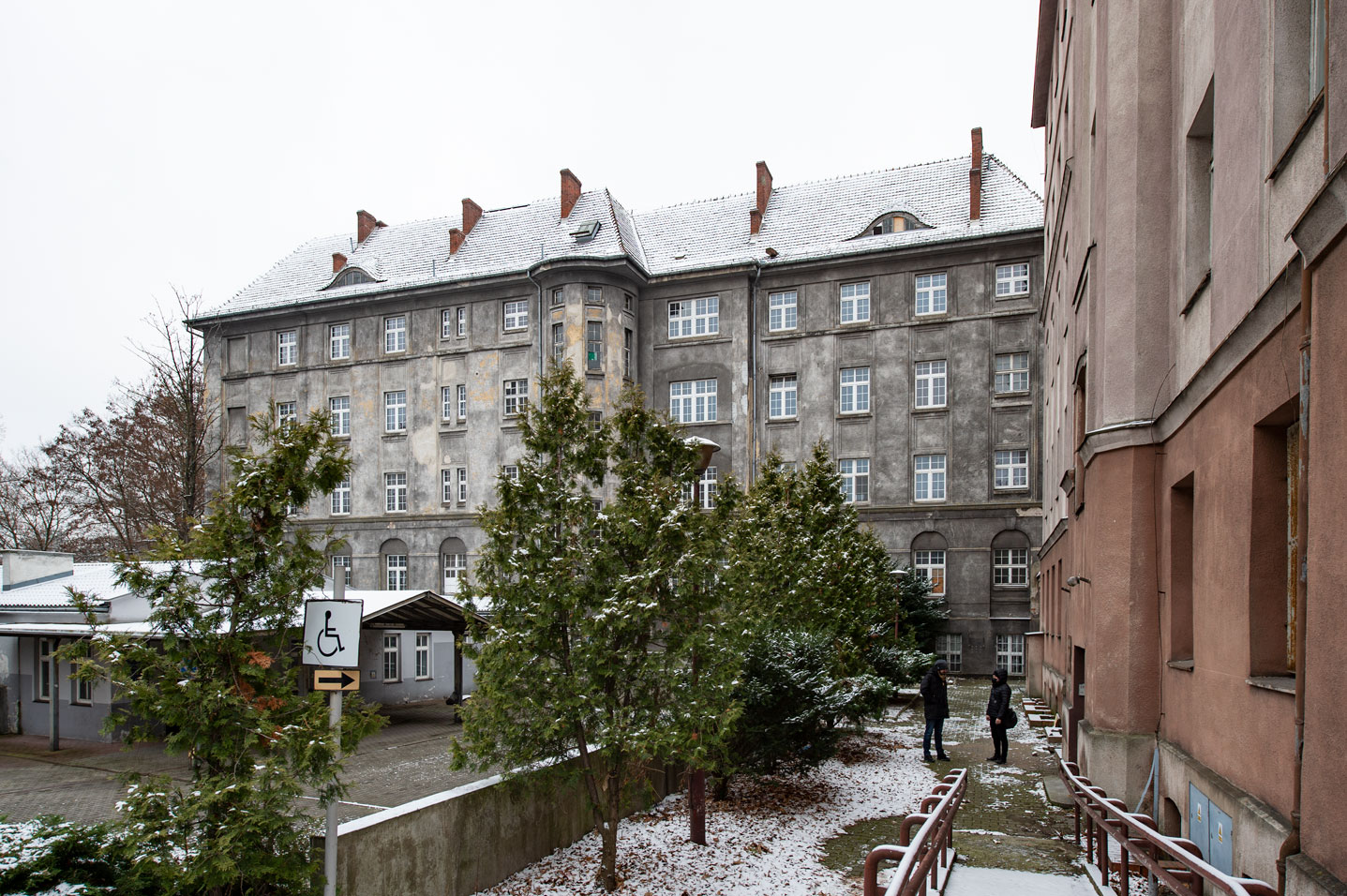tax: free
? 24.06 FRIDAY
opening hours: noon – midnight
7 PM Official opening of the 20th SURVIVAL Art Review in front of the main entrance to the hospital
10 PM Studio Nurty Takeover – afterparty, entrance from Żabia Ścieżka street
? 25.06 SATURDAY
opening hours: noon – midnight
12 PM Guided tour with interpretation into Polish Sign Language, led by Ewa Pluta (registration coordinated by the Katarynka Foundation), start: tram stop pl. Zgody (Ethnographic Museum)
3 PM KAW! Kid Art Walk – guided tour for children aged 6-12, led by Ewa Pluta (registration required), start: Infopoint [no vacancies]
5 PM Tour led by curator Daniel Brożek (registration required), start: Infopoint [no vacancies]
6 PM The Public Forum: Unlearning – On Future Relations Between Art and Social Change – debate in English and Polish, open event, Festival Club
10 PM African Techno Karate – afterparty, entrance from Żabia Ścieżka street
? 26.06 SUNDAY
opening hours: noon – midnight
12 PM Guided tour with audio description, led by Ewa Pluta (registration coordinated by the Katarynka Foundation), start: tram stop pl. Zgody (Ethnographic Museum)
1 PM The Public Forum: Twenty!, jubilee meeting, moderatedby Beata Kwiatkowska, open event, Festival Club
3 PM Workshop for children, open event, Festival Club
5 PM Tour led by curator Michał Bieniek (registration required), start: Infopoint [no vacancies]
5 PM Queerstory-herstory guided tour, led by Ewa Pluta (registration required), start: Trzonolinowiec, ul. Tadeusza Kościuszki 72 [no vacancies]
9 PM Tour led by curator Małgorzata Miśniakiewicz (registration required), start: Infopoint [no vacancies]
? 27.06 MONDAY
opening hours: noon – 10 PM
3 PM The Public Forum:Is This Me or My Meds? – lecture by Katarzyna Kulwicka, open event, Festival Club, partner: University of Social Sciences and Humanities
4 PM SAW! Senior Art Walk – guided tour for seniors, led by Ewa Pluta (registration required), start: Infopoint [no vacancies]
5 PM Tour in English led by curator Małgorzata Miśniakiewicz (registration required), start: Infopoint [no vacancies]
6 PM The Public Forum: The Market and Human Relations – lecture by Agata Gąsiorowska, open event, Festival Club, partner: University of Social Sciences and Humanities
? 28.06 TUESDAY
opening hours: noon – 10 PM
1 PM BAW! Baby Art Walk – guided tour for parents with small children, led by Aleksandra Jach (registration required), start: Infopoint
5 PM Tour with interpretation into Ukrainian, led by curator Anna Kołodziejczyk (registration required), start: Infopoint [no vacancies]
QUIET SIGHTSEEING
On Tuesday from 10 to 11:30 AM, sound installations and other light and acoustic stimuli will be turned down. If you have any questions please send an email to e.pluta@arttransparent.org or call: 601 35 99 23.
Registration at https://app.evenea.pl/event/survival20/ is required for the tours and walks.
Please leave the exhibition before the official closing time at the latest.
Unless stated otherwise, the event is held in Polish.


